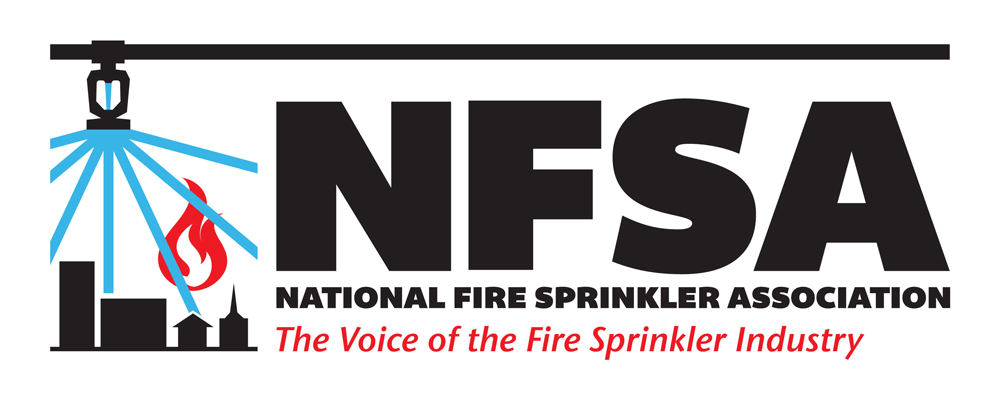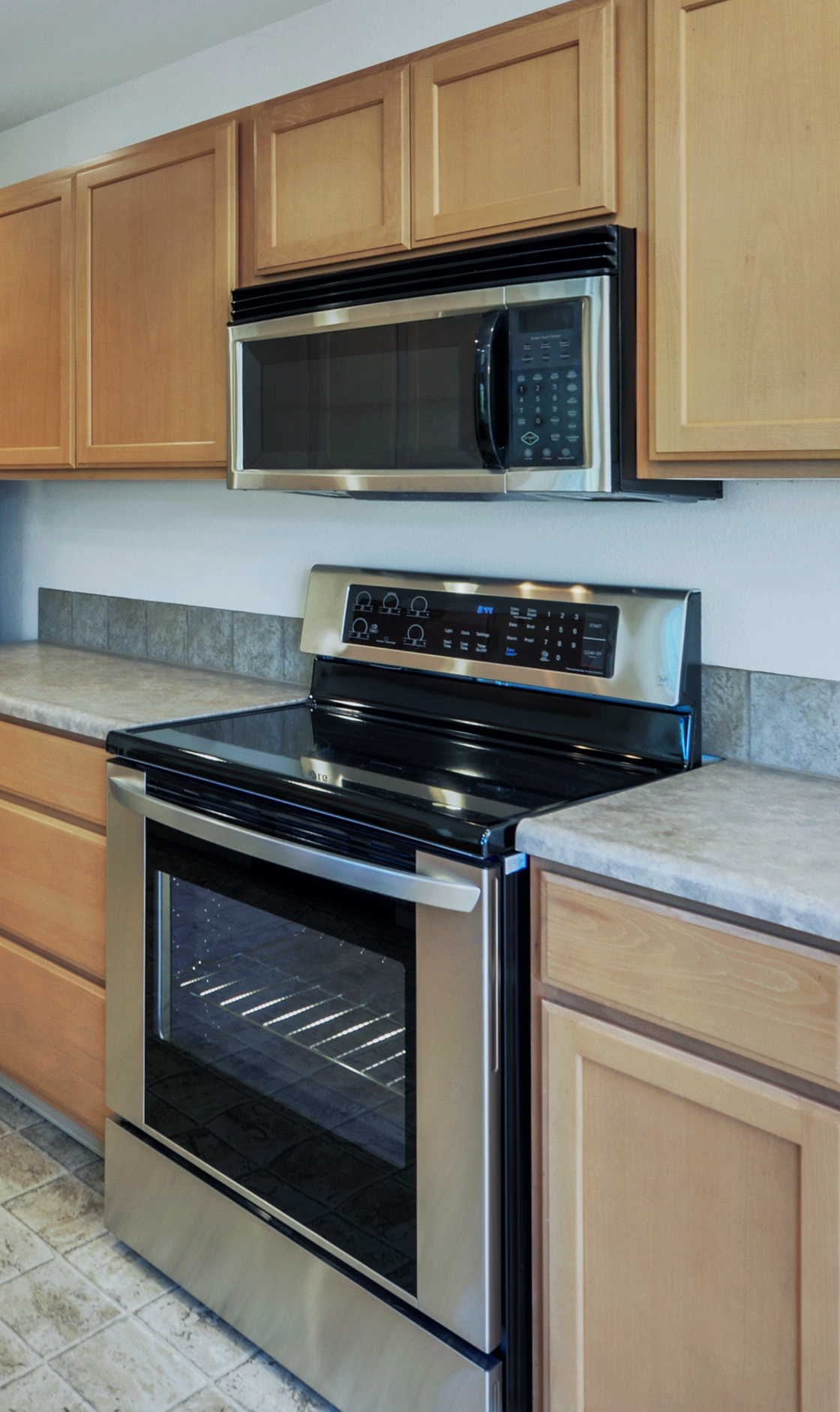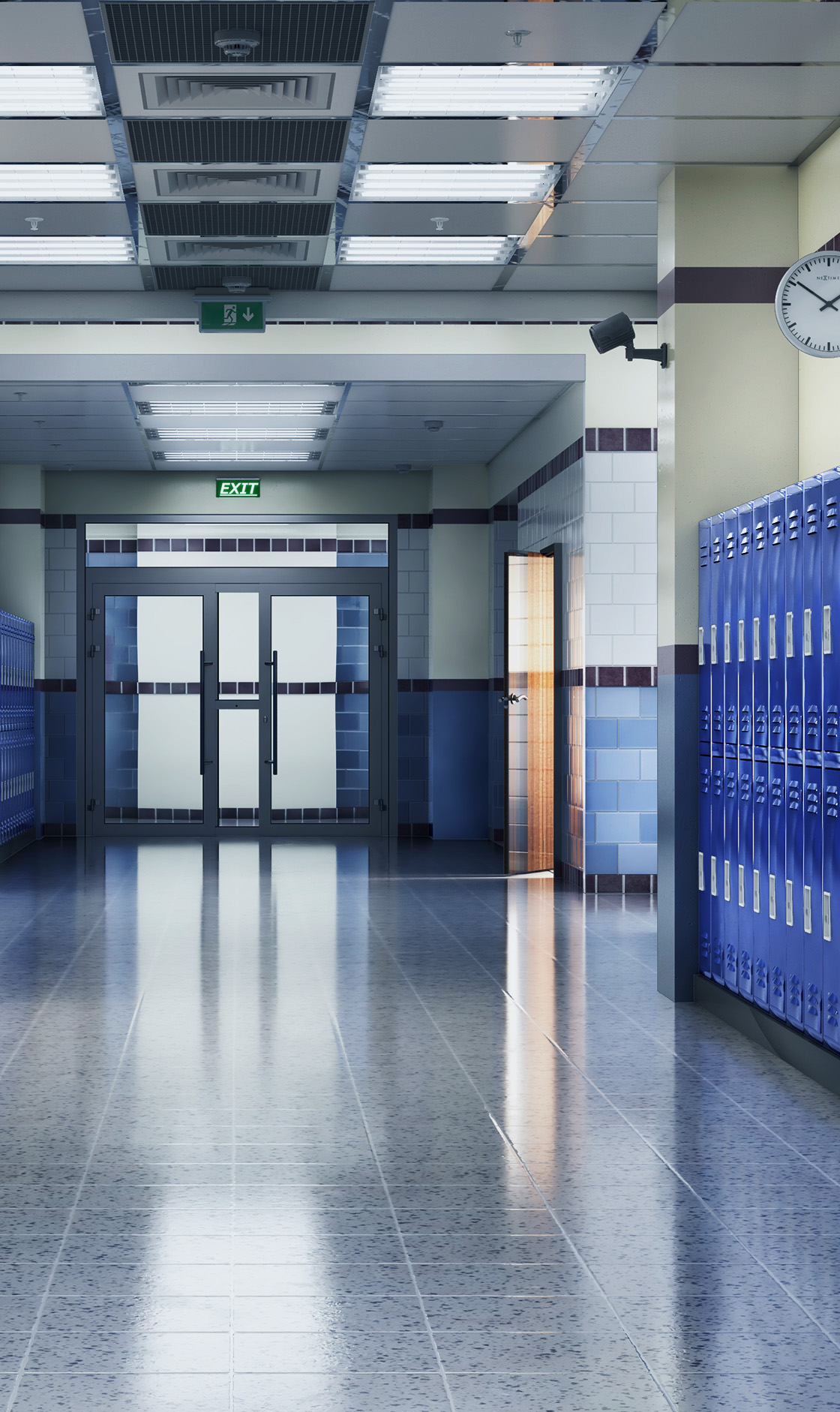Let’s explore the science of Fire Safety
How do sprinklers keep us safe?
Fire safety is a complex problem without a single answer. On this page you will learn the role that fire sprinklers have in engineering and designing fire-safe spaces.
With support from

Scroll to discover







